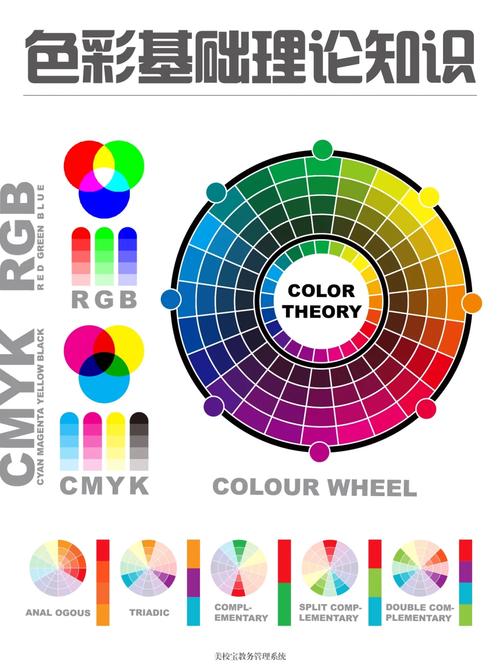Mixing Wood Tones: A Comprehensive Guide
Wood tones are a fundamental element in interior design, offering warmth, texture, and a sense of natural beauty to any space. Whether you’re a seasoned decorator or just starting out, understanding how to mix wood tones can elevate the aesthetic appeal of your home. In this detailed guide, we’ll explore various aspects of mixing wood tones, from color theory to practical application.
Understanding Wood Tones
Wood tones refer to the range of colors and shades found in different types of wood. These tones can vary widely, from the rich, dark hues of mahogany to the lighter, warmer tones of pine. To effectively mix wood tones, it’s essential to understand the color spectrum and how different woods interact with one another.
| Wood Type | Color Tone |
|---|---|
| Mahogany | Rich, dark brown |
| Maple | Light, warm beige |
| Oak | Warm, golden brown |
| Pine | Light, soft beige |
When selecting woods for your space, consider the overall color scheme and the mood you want to create. For example, darker woods like mahogany can add a sense of elegance and sophistication, while lighter woods like pine can create a more open, airy feel.
Color Theory and Wood Tones

Color theory plays a crucial role in mixing wood tones. By understanding the color wheel and how colors interact, you can create a harmonious blend of wood tones in your space. Here are some key principles to keep in mind:
- Complementary Colors: Pairing complementary colors can create a striking contrast. For instance, combining a dark wood like walnut with a light wood like birch can create a visually appealing contrast.
- Analogous Colors: Using analogous colors can create a more cohesive look. For example, pairing a light oak with a medium oak and a dark oak can create a warm, inviting atmosphere.
- Monochromatic Colors: Sticking to a single color family can create a sleek, modern look. In this case, you can mix different shades of the same wood tone to achieve a consistent aesthetic.
When applying these principles, remember that the size and placement of each wood element can also impact the overall effect. For instance, a larger piece of dark wood can anchor a space, while smaller pieces of light wood can add visual interest without overwhelming the room.
Practical Application: Mixing Wood Tones in Your Home

Now that you have a better understanding of wood tones and color theory, let’s explore some practical ways to mix wood tones in your home:
1. Furniture
When selecting furniture, consider mixing different wood tones to create visual interest. For example, a dark wooden dining table can be paired with light wooden chairs, or a light wooden bookshelf can be complemented by a dark wooden desk.
2. Floors and Walls
The flooring and walls can set the stage for your wood tones. If you have dark hardwood floors, consider lighter wood tones for your walls and furniture to create a balanced look. Conversely, if your walls are a light color, darker wood tones can add depth and warmth to the space.
3. Accents and Accessories
Accents and accessories can add a touch of personality to your space while also helping to blend wood tones. Consider incorporating items like throw pillows, artwork, and vases in complementary or analogous wood tones to tie the room together.
4. Natural Light
Don’t underestimate the power of natural light when mixing wood tones. Natural light can enhance the color of wood, making it essential to consider the amount and direction of light in your space when selecting wood tones.
Conclusion
Mixing wood tones can be a rewarding and creative endeavor, adding depth and character to your home. By understanding the principles of color theory and practical application, you can create a space that is both visually appealing and uniquely yours.






